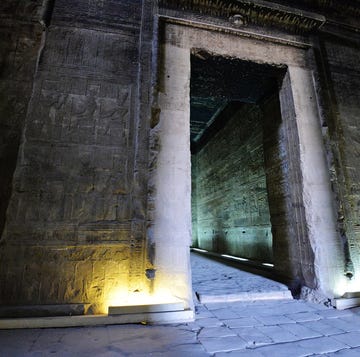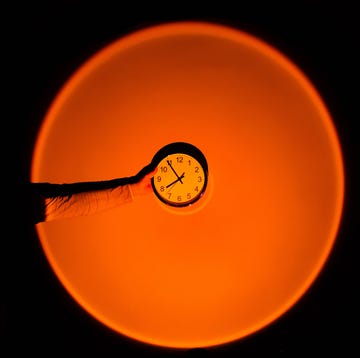We all know: The mitochondria is the powerhouse of the cell. But the mitochondria is much more than a simple power plant. It’s also a unique source of DNA that can give us important clues to our species and our history. That’s because the DNA in your mitochondria comes only from your mother. At least, that’s what we believed, but a new paper suggests otherwise.
Mitochondria were already pretty weird parts of our cells, even before this news. Our cells have plenty of different parts, but almost none of them have their own, separate DNA. It’s likely that billions of years ago, when all life was made of single-celled organisms, some larger cells consumed smaller ones. Those smaller cells became mitochondria, which are now specialized power plants sitting in all our cells.
The key here is that mitochondria aren’t passed down through DNA like everything else in our bodies. They’re inherited directly from your mother's cells, which means there’s no paternal component. This is a big deal for anthropologists and geneticists, because these scientists use mitochondrial DNA to trace back our history through the generations.
The standard DNA in your chromosomes are a mash-up of your father’s and mother’s DNA, combined together with a handful of random mutations thrown into the mix. That makes it tough for geneticists and anthropologists to trace your genetic line through the ages. But with mitochondrial DNA only from your mother—and Y chromosome DNA only from your father, if you’re male—researchers can tease apart genetic lineages and paint a clearer picture of your heritage.
But new research suggests that in some cases, mitochondrial DNA can be inherited from fathers, too. A group of researchers found three unrelated families where individuals had mitochondrial DNA from both parents. A total of 17 people across these three families were affected, suggesting that mitochondria aren’t as exclusively maternal as scientists believed.
It’s tough to say just how common this condition is, since most people haven’t had their mitochondrial DNA sequenced. But this paper shows that this sort of thing does happen, and it might be possible that it could happen to a lot of people. If that’s true, it could call into question a lot of the findings from genetic anthropology.














